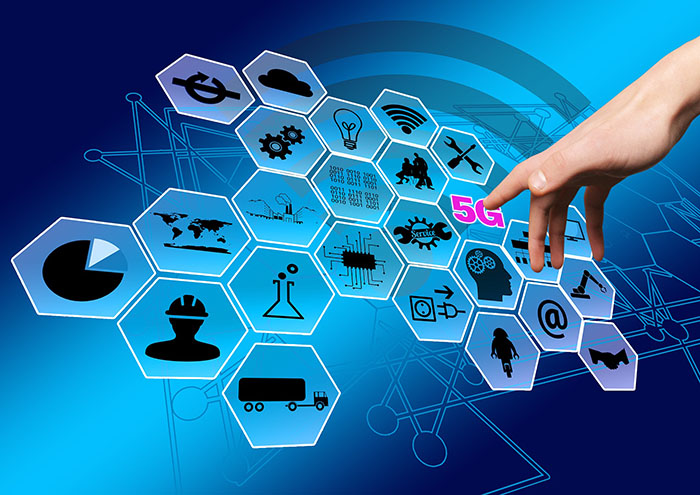The Internet of Things is driving industry growth. It embeds connected sensors into equipment throughout production lines, warehouses, and even transportation fleets. Countless improvement points can be automatically identified and even implemented automatically. This is where the Industrial Internet of Things (IIOT) comes in. .
The arrival of 5G will give businesses unprecedented insight into the digitization of almost everything. As 5G rolls out across the country and provides more reliable connectivity, the rise of smart factories—digitized production facilities that improve processes through automation and self-optimization—will put traditional manufacturers at a disadvantage.
Manufacturing and industrial organizations are under tremendous pressure to make processes as efficient as possible. From debottlenecking production lines, to streamlining the maintenance and repair of expensive equipment, to enhancing supply chain processes, there are countless different areas of operations where being “faster” and “more cost-effective” can define a business success or failure.

Some of the benefits of 5G-enabled Industrial IoT include faster and more reliable data transmission, greater operational autonomy, and remote access to mission-critical activities. There are some challenges that may hinder companies from adopting industrial IoT, but the benefits of 5G will ultimately dispel these concerns.
Industrial Control and Automation
This involves using the Industrial IoT to automate core industrial operations, ranging from robots on the factory floor to logistics in warehouses and even delivery processes. Collecting, analyzing and distributing data in real-time in a manufacturing environment with 5G connectivity keeps every employee engaged and enables organizations to collect and analyze more data faster than ever before.
field equipment
Some industrial environments are not limited to factories and warehouses. Consider the utility industry, construction sites, mining operations or transportation organizations. In these environments, IoT deployments often focus on collecting data from a wide area, enabling more intelligent and automated tracking of key environmental factors, equipment performance, or vehicle location.
Likewise, even in data-rich environments, 5G connectivity can enable such communications to occur more efficiently, for example in construction site management or fleet deployment. The potential for efficiency and innovation is huge.
Augmented reality and virtual reality
This area of Industrial IoT involves simulating factory processes and providing training support to workers. It’s easy to see how augmented and virtual reality applications can enhance these processes. Say a worker needs guidance while operating a new piece of equipment in a factory, AR headsets and augmented reality apps can provide animated overlays that guide them step-by-step. Likewise, augmented reality can be used to troubleshoot and repair highly complex machine parts. Higher bandwidth and higher speeds mean more complex applications can be supported in the IoT ecosystem.
Resumir
5G is about to bring new industrial IoT opportunities, which is why the manufacturing industry should not ignore the impact 5G will have on operations. The transformation of industrial IoT through 5G is still in its early stages, but the future potential is huge.